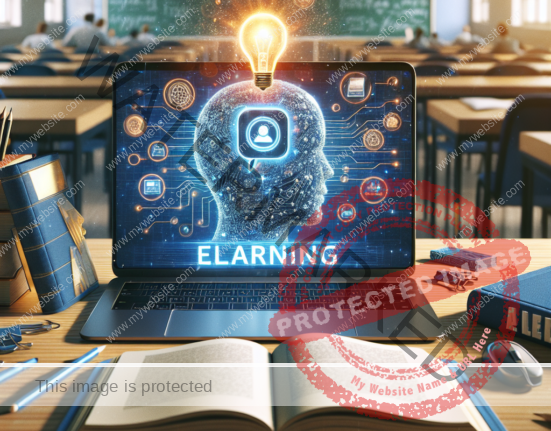Exploring the Roles of Instructional Designers and eLearning Designers
In the realm of eLearning development, it is vital to grasp the distinct roles of Instructional Designers and eLearning designers. Instructional Designers primarily focus on creating the pedagogical structure and learning objectives, emphasizing how learners will engage with the content. On the flip side, eLearning designers concentrate on delivering this content digitally, utilizing interactive features, multimedia elements, and visual design to captivate online learners.
Key Differences in Responsibilities
Instructional Designers and eLearning designers differ in their areas of concentration, skill sets, focus on content versus delivery methods, comprehensive versus specialized roles, and evaluating outcomes. While Instructional Designers prioritize the learning experience, educational theory, and evaluation, eLearning designers specialize in technology, design tools, visual storytelling, and interaction design. Despite significant overlaps, these roles maintain clear distinctions in educational and training design.
Significance of Collaborative Efforts
In many instances, Instructional Designers and eLearning designers collaborate closely to ensure that digital learning materials are both educationally effective and visually appealing. While a single individual may fulfill both roles within smaller teams, larger or more intricate projects may necessitate distinct roles for each, with Instructional Designers devising the learning framework and eLearning designers transforming it into a digital reality.
This spirit of collaboration and complementary roles is fundamental for successful eLearning initiatives that cater to learners’ evolving needs in the contemporary digital landscape. By comprehending the nuances and disparities between Instructional Designers and eLearning designers, we can craft robust, compelling learning experiences that seamlessly integrate learning science with technological artistry.
Elevating Content Creation Services through eLearning
For individuals specializing in crafting dynamic, AI-infused courses, integrating Instructional Design principles and leveraging eLearning tools and technologies can significantly augment content creation services. By incorporating instructional design theories, enriching content with multimedia elements and interactive features, optimizing for mobile and microlearning formats, incorporating gamification strategies, and providing consultative services, one can deliver heightened value to clients and stand out within the content creation industry.
By transforming static information into engaging, impactful learning experiences, one can enhance the learner journey and expand service offerings. These strategies not only distinguish professionals within the industry but also guarantee the delivery of premium eLearning solutions that align with clients’ learning objectives.
Emphasizing Collaboration Between Instructional Designers and eLearning Designers
Efficient collaboration between Instructional Designers and eLearning designers is imperative for the success of eLearning initiatives. While Instructional Designers lay the educational groundwork, eLearning designers elevate this foundation using digital tools and interactive design elements. Through this concerted effort, they create impactful learning experiences that seamlessly blend learning science with technological innovation, meeting learners’ needs effectively in today’s digital era.
For further insights on this topic, you can refer to the source article: Instructional Designer And eLearning Designer: Collaborative Roles
















